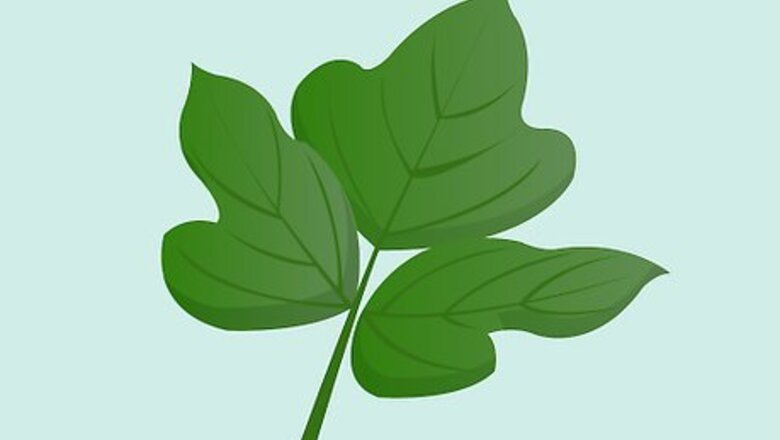
views
X
Research source
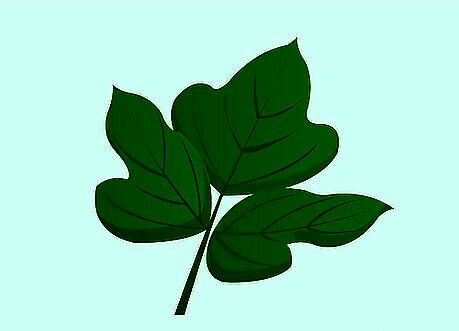
Look for trifoliate leaves, or formations with 3 leaflets attached at each node. All 3 leaves will be attached to the stem on their own petiole, or stalk. The central leaf's petiole will be about 3/4 inch (19 mm) long, while the 2 outer leaves have much shorter petioles.
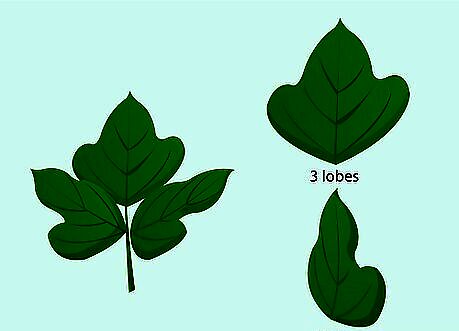
Look for egg shaped, medium green leaves. Generally, the central leaflet will have 3 lobes, or rounded projections. The outer 2 leaflets often have 2 lobes. However, kudzu's lobe structure can vary, with many leaves having no lobes at all. Leaves can grow quite large, often to about 5 or 6 inches (12 - 15 cm) long.
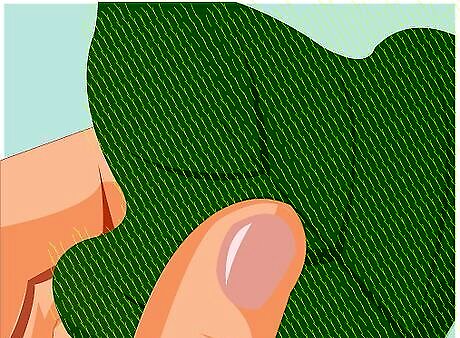
Touch the leaves to see if they are fuzzy. Kudzu leaves have very small hairs, making them fuzzy to the touch.
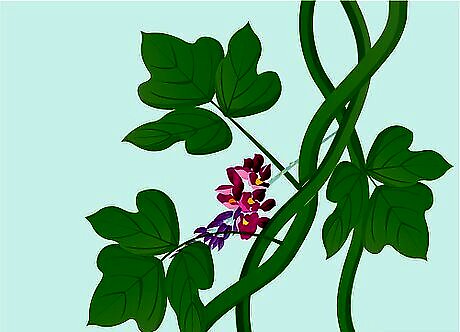
Look for long vines covered in small, brownish bristles that trail across the ground, climb any vertical surface, and form dense bunches of foliage. The key characteristic of kudzu vines is their tremendous growth rate; they can gain a foot (30 cm) of length per day in peak conditions. Kudzu can often be seen entirely covering tall trees, utility poles, or other structures. As they mature, vines may become thick and woody. Kudzu vines are capable of climbing nearly any type of support, and will also snake across the ground, rooting at each node.
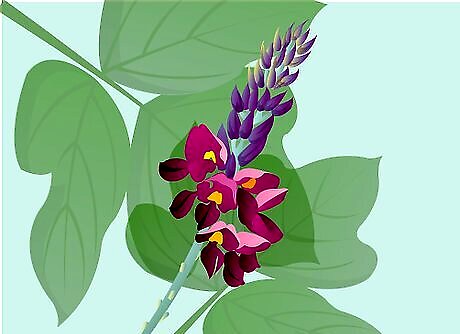
Look for purple or reddish purple flowers arranged in clusters. Kudzu produces flowers in late summer, usually in August or September in the southern United States. The flowers form a cluster (called a raceme) that can grow up to 8 inches (20 cm) high and emerge from the central petiole of a leaf arrangement.
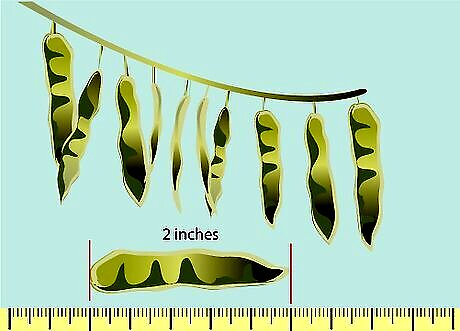
Measure the seed pods with a ruler. Kudzu produces small seed pods, usually about 2 inches (5 cm) in length.
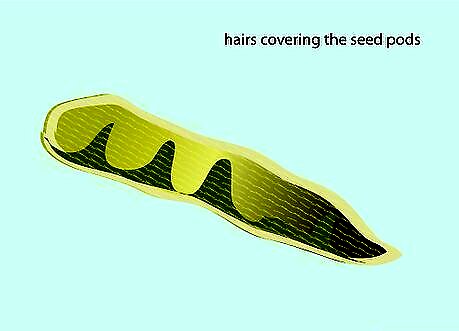
Look for hairs covering the seed pods.
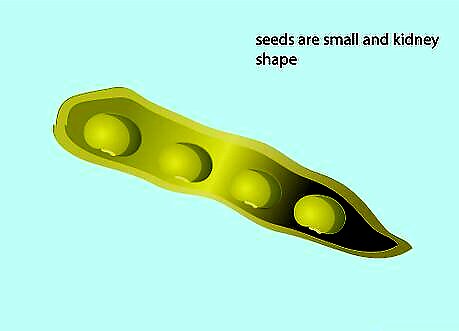
Cut open a seed pod and check that the seeds are small and kidney shaped.
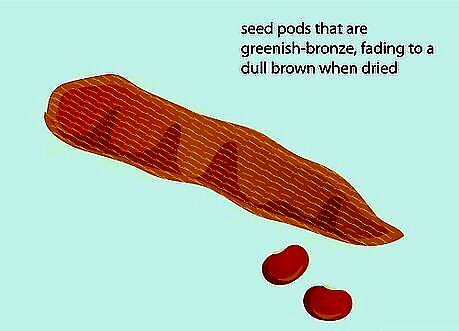
Look for seed pods that are greenish-bronze, fading to a dull brown when dried.













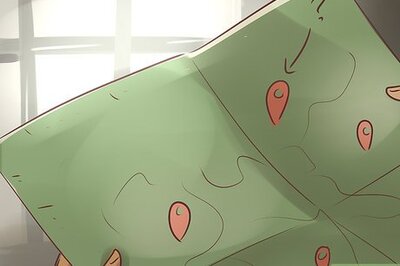




Comments
0 comment